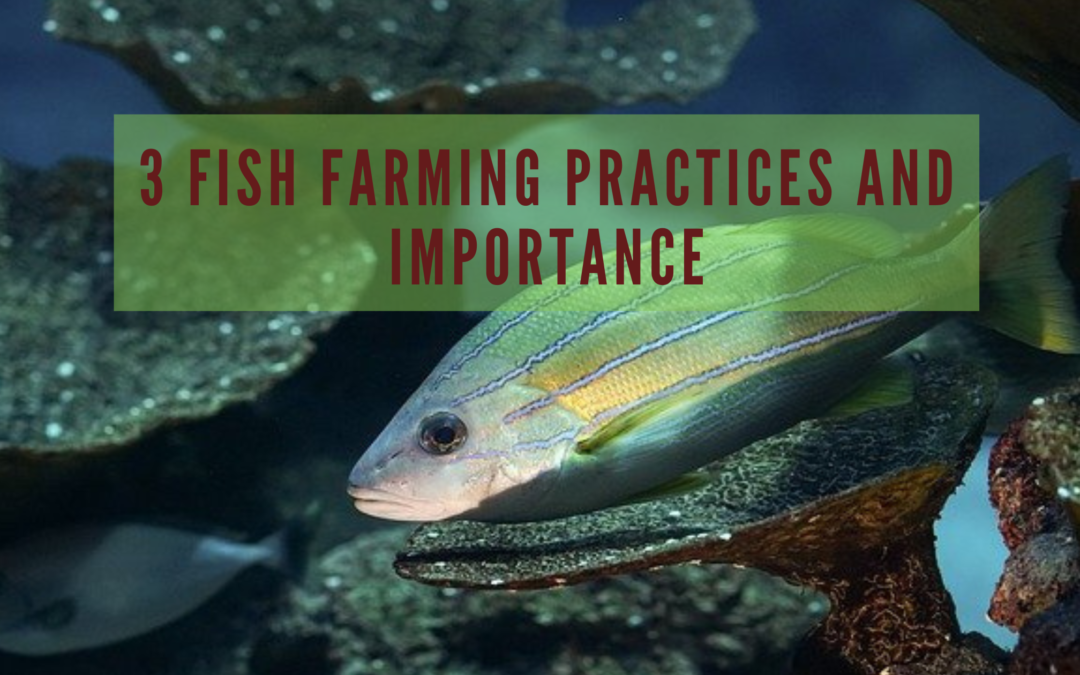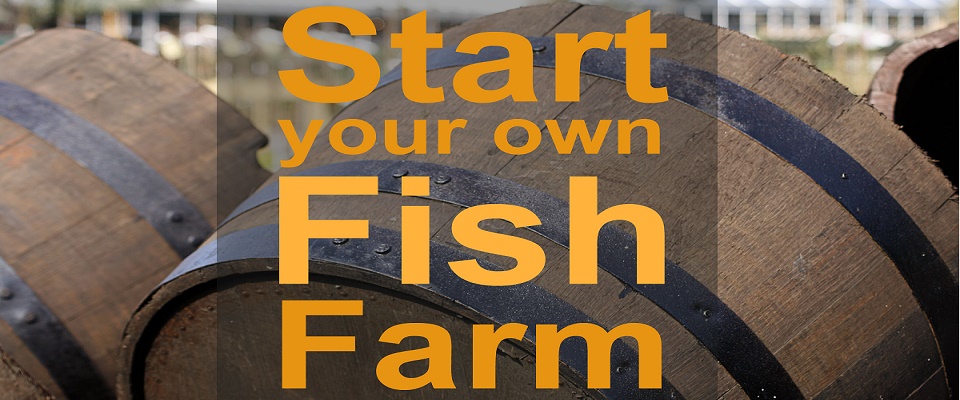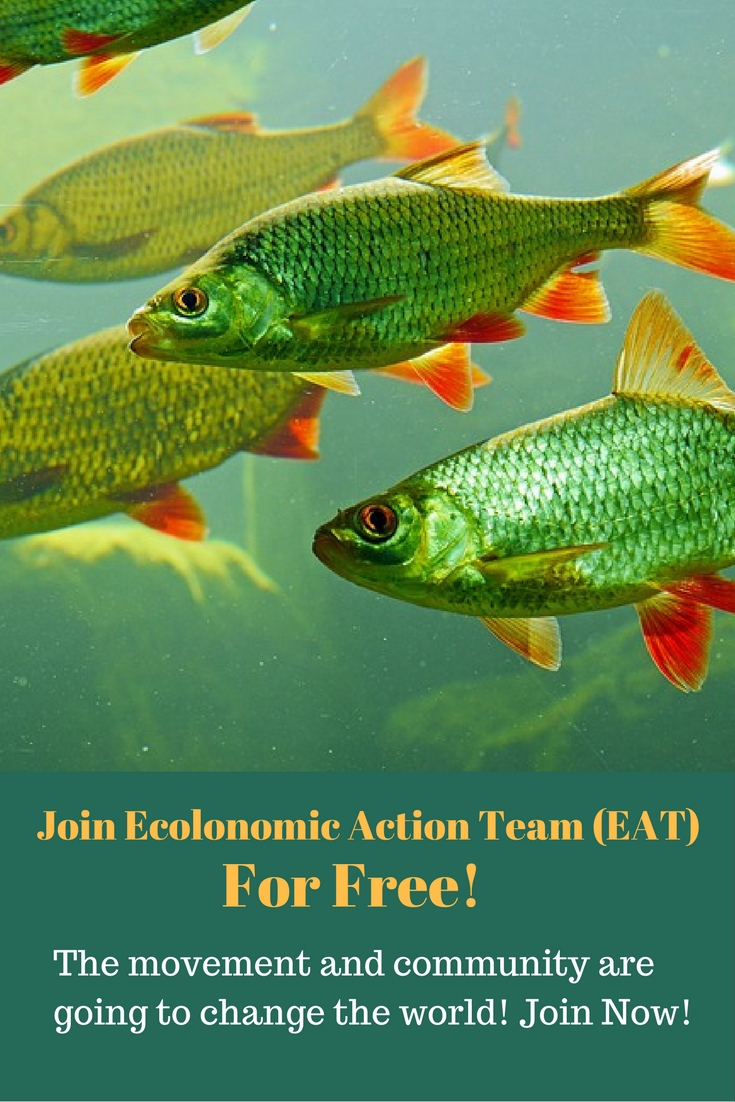Fish farming entails the rearing of fish in ponds and dams under good management systems, and this is undertaken with the intention of realizing maximum yields and profitability. For commercial fish farming to be successful, one should be well versed with the right information, tools, and technologies that can be implemented in the fish farming process. With the majority of capture fisheries considered fully exploited; engaging in aquaculture farming helps with preserving various fish species and meeting the rising demand for animal protein.
Aquaculture farming is quite ideal as it doesn’t put any pressure on the available natural water bodies to a level that can cause depletion. It also guarantees a sustained supply of fish, nutrition, and livelihood to the farmers. Engaging in aquaculture farming helps with preserving endangered species and acts as a source of fertilizer for farmers who practice integrated farming.

Types of Fish Farming Practices
There are different types of fish farming practices that can be adopted by farmers. Fish farming can be done in reservoirs, dams, ponds, and impoundments where one or various types of fish species can be stocked. When constructing a fish pond, the farmer should settle for an ideal place as a location for the pond while also considering integrating it with farming livestock, vegetables, or horticultural products. Consider settling for a location with a gentle slope for ease of filling with water and draining of water.
1. Water Supply
Consider choosing a sunny place as a location for the pond, the location can be near a source of water such as a spring or a stream if possible. It’s vital that you build a pond where water can easily be accessed since your pond may not function effectively if it lacks a sufficient supply of water. Ensure that the water you’re using to fill the pond doesn’t have wild fish in it as the wild fish can keep the fish from growing well.
2. Soil Sampling
Before settling on the ideal location for the fish pond, ensure that you carry out soil sampling. The soil you settle for should have good water retention. You can test the soil by digging a deep hole and then filling it with water up to the top. You can fill it in the morning and then wait till evening to check on the water level. The soil where you choose to have the pond should be comprised of clay soil as that will help in ensuring that only a little amount of water gets lost in the ground.
3. Size of the Pond
The size of the pond that you settle for highly depends on the level of fish farming that you intend to engage in whether small scale or large scale. A bigger pond of about 50 by 50 meters will require much capital and intensive management; however, the harvest will also be bigger. Once you have identified the size of the pond, the next thing to do is to dig it up and as you do so, ensure that you create room for an inlet and outlet.
P.S: – Join EAT Community and get to learn more about fish farming, sustainability, and the environment.



